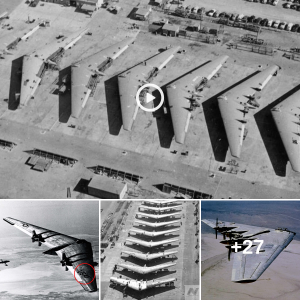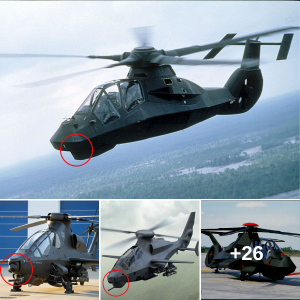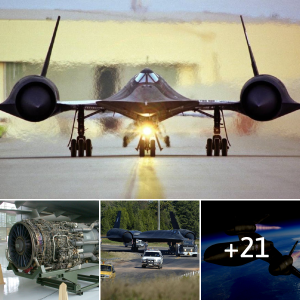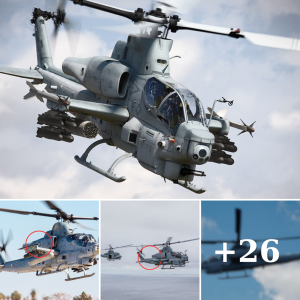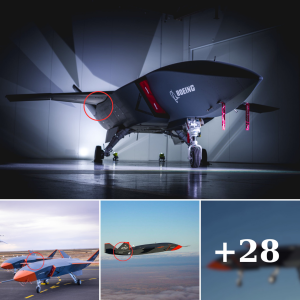The first choppers are expected by 2025, but the addition of Israeli high-tech systems could delay delivery, sources said. The CH-53K King Stallion flies a test flight in West Palm Beach, Fla. on March 22, 2017. Lockheed Martin announced the CH-53K King Stallion passed its Defense Acquisition Board assessment that approved for the aircraft to begin low-rate initial production on April 4, 2017.

The CH-53K will be considered the most powerful helicopter in the Department of Defense and is scheduled to completely replace the CH-53E Super Stallion by 2030. (U.S. Marine Corps photo by Lance Cpl. Molly Hampton) TEL AVIV: Lockheed Martin has officially announced it will produce a dozen CH-53K heavy-lift helicopters for Israel, choppers that sources here say will be augmented with high-tech Israeli-made systems.

The announcement, made Tuesday, comes after the Israeli government approved the deal in January for 12 helicopters for some $2.4 billion, though the Tuesday’s announcement only concerns the first four helos. Lockheed said the choppers, made by subsidiary Sikorsky, will replace the Israeli Air Force fleet of CH-53D Yasur helicopters “which have been in Israel’s inventory for over 50 years.”

“The all-new CH-53K delivers modern state-of-the-art capabilities that result in improved survivability, safety, and reduced aircrew workload over its predecessor, making it the perfect fit for the demanding IAF mission,” Lockheed said in its announcement. The initial delivery of the base helicopters is expected for 2025, but Israeli sources told Breaking Defense Israel plans to outfit the helos with their own systems, which could delay delivery by a year or so.

Most of those systems are classified, but sources said one will be a version of the Elbit MUSIC system designed to protect against man-portable ground-to-air missiles. Lockheed’s announcement comes as the Israeli Defense Forces also look to buy new combat helicopters and upgrade those in their current fleet, sources said, including potentially purchasing 20 new Apache E helicopters and upgrading another 20 Apache D helicopters.
